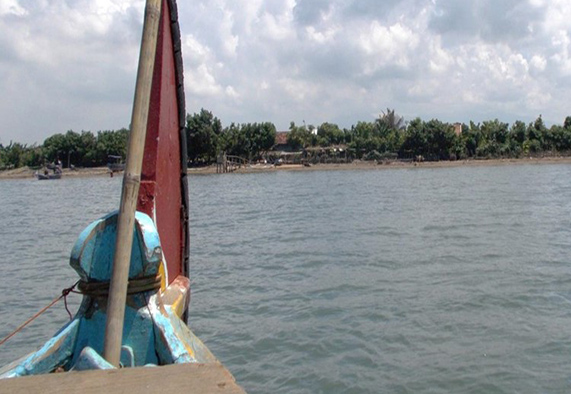Project Summary
Submarine groundwater discharge (SGD) is known to transport terrestrial nutrient and other potential pollutants to coastal areas around the world. However, SGD studies in tropical developing regions such as Southeast Asia are scarce even though this area is hypothesised to be an SGD hotspot due to favourable meteorological and hydrological condition.
This project focuses on a medium-sized coastal city of Jepara (Indonesia). The objectives are to investigate SGD volumetric estimation with nutrient and microbial community composition, in order to analyse the scale of land-based pollutant delivered by SGD to the coastal water. Additionally, sustainable coastal water management is suggested based on the result.
Spatial and temporal SGD surveys indicate that fresh groundwater composed up to 42% of total river discharge and 40% of total SGD at the coastline. SGD was confirmed to deliver terrestrial dissolved inorganic nitrogen (DIN) and dissolved silica (DSi) to the coastal system, and also potentially acted as one of the land-ocean delivery pathways for faecal indicator and bacterial pathogens. Nutrient and land use analyses suggest that high nutrient pool in the coastal hydrological system were originated from agriculture, livestock, and sewerage system.
Overall, this project shows a significant amount of contaminant discharge in the coastal area via SGD due to a combination of both environmental and anthropogenic factors. Based on the results, the suggested water management includes terrestrial nitrogen containment along the riverbank and estuaries (e.g., a constructed wetland or riparian zones) and development of the sewerage system and centralised wastewater treatment.
Project Partner |
|---|
|
Prof. Norma Afiati (Diponegoro University, Indonesia) |





